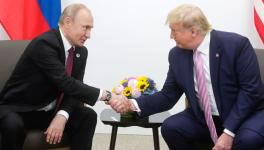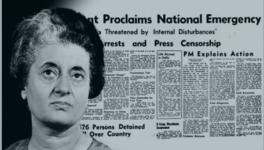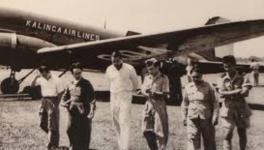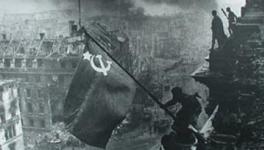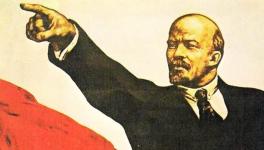Review: How India and Russia Came Closer After Cold War
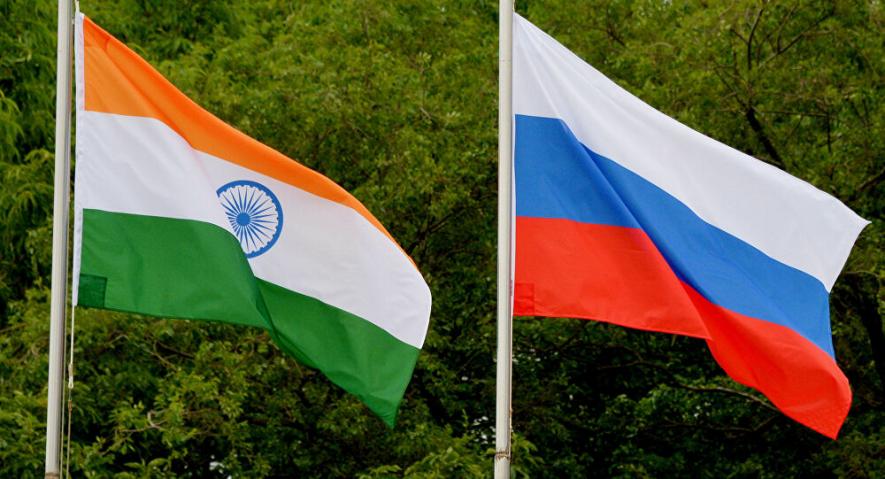
Image Courtesy: Twitter
Achala Moulik, former civil servant and author of several books on Russian political and cultural history, provides an outstanding account of the impact of the Indo-Soviet Treaty in India’s post-independence development process and the evolution of Indo-Russian amity into a robust partnership in Commemorating India-Russia Relations: Treaty of Peace, Friendship and Cooperation of 1971. The central focus of the book is this treaty, but it has a broader sweep. The author presents a fascinating picture of Indo-Russian ties commencing from ancient times. It seamlessly amalgamates historical facts and events, political and cultural relations, and details the author’s connection with Russia.
Moulik describes how the Soviet Union’s ideological opposition to imperialism, combined with India’s independence, and followed by the Cold War, added new dimensions to the Indo-Russian relationship after the Bandung Conference in 1955. She stresses that the Soviet Union welcomed the non-Western world—India’s prime minister Jawaharlal Nehru, Egyptian president Gamal Abdel Nasser, Yugoslav president Josip Broz Tito, and Kwame Nkrumah, president of Ghana—committing to non-alignment. While the Soviet Union sent emissaries welcoming the refusal of these nations to get drawn into Cold War conflicts, by contrast, the American Republican John Foster Dulles expressed suspicious reservations.
When the United States concluded alliances with East Asian and West Asian regimes—the Southeast Asia Treaty Organization (SEATO) and the Central Treaty Organization (CENTO)—to “contain the Soviet Union”, neutral countries in the non-Western world turned to Russia for economic assistance. India’s economic and defence ties with Russia began in real earnest in 1955, after Nehru visited the Soviet Union, where he received a resounding welcome. His visit was followed by an equally momentous visit by the Russian leaders Nikita Khrushchev and Nikolai Bulganin to India. To Indians, the two Russian leaders represented a state that opposed colonial rule and backed national liberation movements.
Russian economic and military aid to India accompanied its diplomatic support for India on the Kashmir issue at the United Nations Security Council, where Pakistan, supported by the United States and the United Kingdom, proposed intervening “to resolve the dispute”. Despite fraternal relations with communist China, Russia sought to restrain Mao Zedong and his comrades during the Sino-Indian war in 1962. After this debacle, Russia enhanced its arms and technical assistance supplies to India.
After the Bangladesh Liberation War, the Indo-Russian relationship reached a unique level following the Treaty of Peace, Friendship, and Cooperation, 1971. In three crucial chapters, the author provides a breathless narrative of the events before and after this treaty. She describes the oppression and exploitation of the Bengali population in erstwhile East Pakistan, the refusal of Pakistan prime minister ZA Bhutto and his military mentors to acknowledge the victory of Mujibur Rahman’s Awami League in the 1970 Pakistani general election, and the commencement of the revolt in Bangladesh.
In the horrific genocide that followed, more than three million died. “...while the world looked on,” writes Moulik, “...the chants for freedom and democracy so vigorously enunciated by USA and its allies in Hungary and Czechoslovakia were forgotten.” “...hungry, ragged, homeless refugees trudged from their blood-stained homeland to the sanctuary of West Bengal...already bursting at the seams from earlier exodus, food shortage and the unrest of nascent Naxalites.”
It was at this stage that prime minister Indira Gandhi was compelled to take grave and challenging decisions. She and her Cabinet colleagues discussed the possibility of military intervention in East Bengal with the redoubtable general Sam Manekshaw, Chief of the Army Staff, which could lead to a war on two fronts. The author writes, “The wise and sagacious general gave his advice to postpone the conflict until the kharif crop was harvested and until more arms were procured. The wise and sagacious prime minister accepted the advice.” Then Gandhi, elegantly dressed and well-coiffed, went on a whirlwind tour of powerful nations to garner support for the oppressed of East Bengal.
Gandhi heard everything from sympathetic words from the international community to the downright bullying and threats of the Nixon-Kissinger duo. Unfazed and grimly determined, she returned to tell her ministers and generals to prepare for war to liberate East Bengal. She could do this because on 9 August 1971, on the 29th anniversary of the Quit India movement, Gandhi and Russian leader Leonid Brezhnev decided to sign the Treaty of Peace, Friendship and Cooperation. This peace treaty between a superpower and a non-aligned developing nation paved the way to war. And while maintaining her neutrality, India became a friend of the Soviet Union, which respected India’s position.
The author describes the developments in the Indo-Pak war in December 1971, the surrender of the Pakistani general to the Indian general and the ecstatic return of Sheikh Mujibur Rahman and his hapless compatriots to their “Sonar Bangla.”
The penetrating narrative of these events echoes the dramatic descriptions of how the Russian Revolution began in the same author’s recent outstanding work, The Russian Revolution And Storms Across a Century (1917-2017).
In the words of his colleagues and the author, the penultimate Chapter 21 movingly records the contributions of the Russian Ambassador to India and Indophile Alexander Mikhailovich Kadakin, who served twice from 1999 to 2004 and 2009 to 2017. Ambassador Kadakin was an outstanding exponent of the Russia-India strategic relationship. Both countries recognised and celebrated his contributions to promote friendship between India and Russia. Some of Ambassador Kadakin’s brilliant papers and lectures on Indo-Russian strategic relations are reproduced in the book. Moulik describes her last meeting with him at a Christmas reception at the Russian Embassy in January 2017 evocatively, “The blue, white and red lights in the garden, the colours of the Russian flag, shone on his face, as if in benediction.” The Indian government posthumously awarded Ambassador Kadakin the Padma Bhushan, and a road in New Delhi’s Chanakyapuri near the Russian embassy has been named after him.
The final chapter contains the reflections of Russian Foreign Minister Sergey Lavrov on present-day relations between India and Russia. The author observes that two states with different socio-economic systems could be close friends. She describes the relative peace of the 1970s and 1980s, the deepening of political and cultural ties over this time, and the turbulent aftermath of the dissolution of the Soviet Union, after which both nations made continuous adjustments to keep the spirit of their unique treaty alive.
The author of this remarkable book graduated from the London University in economics, international history, and international law. As a member of the Indian Administrative Service, she served as Director-General of the Archaeological Survey of India and then as Union Education Secretary. She is a recipient of Russia’s Pushkin Medal and the Yesenin Prize, awarded to Indians who disseminate and popularise Russian literature. The foreword of this book is by Russian Ambassador to India Nikolay R. Kudashev. The introduction is by K. Raghunath, former Indian Foreign Secretary and former Indian Ambassador to the Russian Federation. Her book will surely advance the cause of Indo-Russian friendship.
KS Subramanian is a former civil servant and author. The views are personal.
Get the latest reports & analysis with people's perspective on Protests, movements & deep analytical videos, discussions of the current affairs in your Telegram app. Subscribe to NewsClick's Telegram channel & get Real-Time updates on stories, as they get published on our website.










